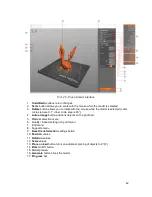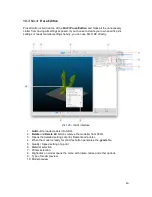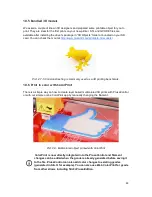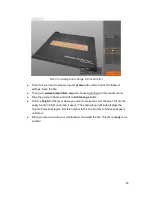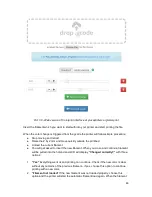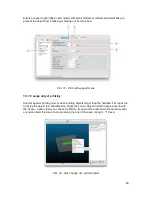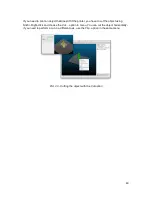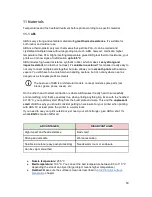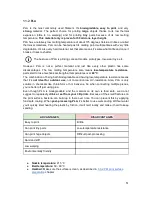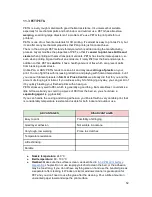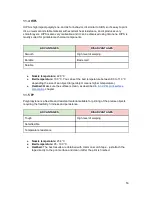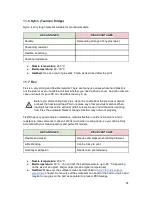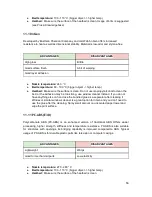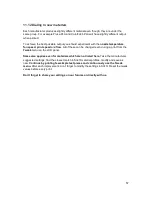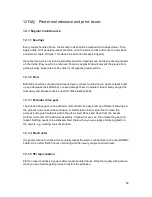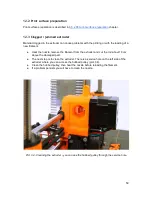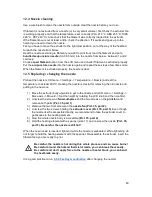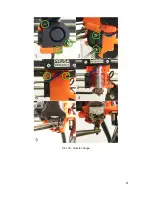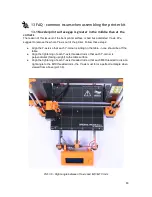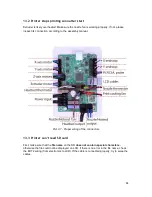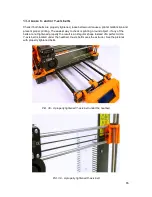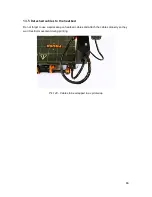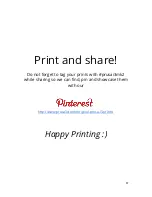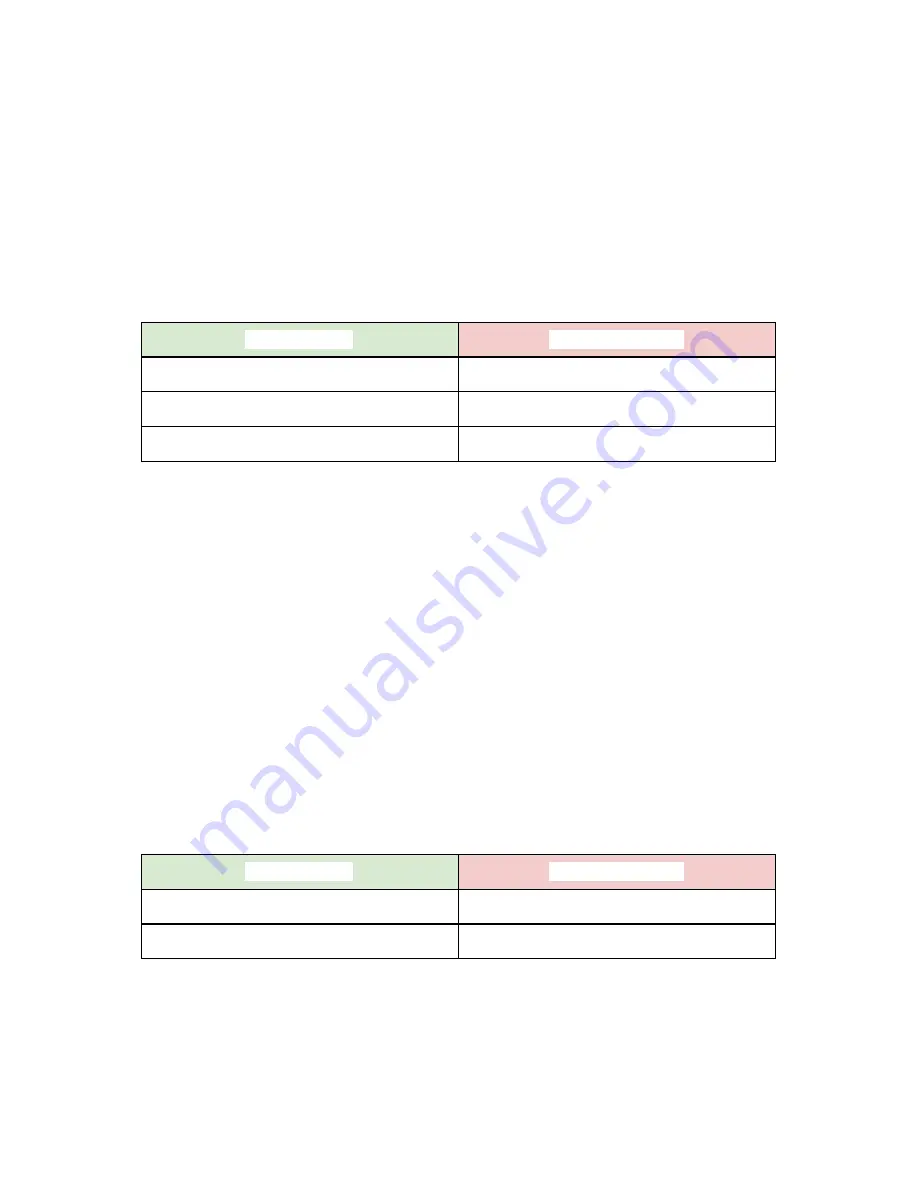
● Bed temperature:
100 - 110 °C (bigger object -> higher temp.)
● Heatbed:
Make sure the surface of the heatbed is clean. Usage of brim is suggested
(see Prusa Knowledgebase).
11.10 nGen
Developed by Eastman Chemical Company and colorFabb, nGen offers increased
resistance to heat as well as dimensional stability. Material is low-odor and styrene-free.
ADVANTAGES
DISADVANTAGES
High gloss
Brittle
Good surface finish
A bit of warping
Good layer adhesion
● Nozzle temperature:
240 °C
● Bed temperature:
80 - 100 °C (bigger object -> higher temp.)
● Heatbed:
Make sure the surface is clean. Do not use isopropyl alcohol to clean the
bed, or the adhesion may be too strong, use window cleaner instead. If you do not
have anything else on hand use the bundled glue as a separator after cleaning it.
Windex or similar windows cleaner is a great option for nGen and you don’t need to
use the glue after the cleaning. Spray small amount on unscented paper towel and
wipe the print surface.
11.11 PC-ABS (E3D)
Polycarbonate ABS (PC-ABS) is an enhanced version of traditional ABS. Offers easier
processing, higher strength, stiffness and temperature resistance. PC-ABS is also suitable
for structures with openings, its bridging capability is improved compared to ABS. Typical
usage of PC-ABS is for durable plastic parts like television or computer casings.
ADVANTAGES
DISADVANTAGES
Lightweight
Warps
Good for mechanical parts
Low elasticity
● Nozzle temperature:
270 - 280 °C
● Bed temperature:
100 - 110 °C (bigger object -> higher temp.)
● Heatbed:
Make sure the surface of the heatbed is clean.
56
Summary of Contents for Original Prusa i3 MK2S 1.75mm
Page 1: ......
Page 25: ...Pict 11 Probe response diagram Now you are done 25 ...
Page 61: ...Pict 35 Nozzle change 61 ...

